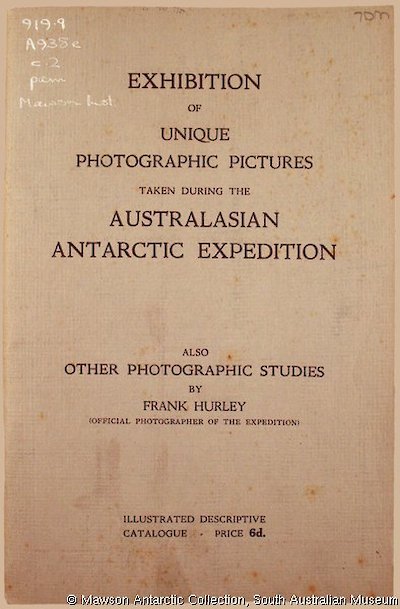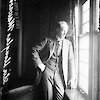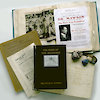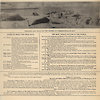America beckons
Paquita, midway through her pregnancy, headed back to Australia via Cape Town, while Mawson sailed on 2 January 1915 for New York. In Washington he met Adolphus Greely, US army general, Civil War veteran and leader of a legendary Arctic expedition over 30 years previously, in which 18 men had died. And dined with the inventor Alexander Graham Bell.
That was the easy part. From 15 January until the end of March 1915, Mawson’s time would be consumed by a relentless round of lectures, illustrated by Hurley’s matchless lantern slide images, in his bid to wipe off the AAE’s debt. He would seek to tell the whole AAE story, but inevitably his focus would be on what the public wanted to hear about — the deaths of Ninnis and Mertz and his own fight for survival.
Travelling by rail and sleeping on the move between cities, Mawson told his Antarctic story in Washington, New York, Philadelphia, Toronto, Montreal, Ottawa, Boston, Cleveland, Detroit, Baltimore, Harrisburg, Buffalo, Toledo, Ann Arbor, Chicago, Kansas City, St Louis, Davenport, Madison, Crawfordsville and Pittsburgh. Then back to New York for lectures in Brooklyn and Manhattan.
The exhausting lecture schedule had some reward, though undoubtedly less than Mawson would have hoped. In six weeks Mawson’s share of the profits amounted to about $1560, or around £330.
But a month of lectures, twice a day at the Webber Theatre in New York, resulted in a net loss of $860 (£183). The financial outcome is unknown, but it is likely half of the loss was borne by Mawson, leaving little return for his mammoth effort.
Offsetting this, the lectures — and especially Hurley’s photographs, which got high praise from reviewers — had stimulated sales of The Home of the Blizzard. They also prompted showings of the AAE film at metropolitan and provincial cinemas. While disappointing at first (as in the United Kingdom), the US film showings eventually returned Mawson a profit of $1233 (about £260).
There was an added bonus to the United States visit: Mawson came to admire the country, its people and, most notably, its academic institutions. He made contact with Robert Peary, who reached the North Pole in 1910, and began a lifelong friendship with William Hobbs, pioneering glaciologist and meteorologist. And he was welcomed as a guest speaker by the National, American and Chicago Geographic Societies.




